In the past year, Citrix, a long-standing player in the application virtualization and virtualized desktops industry, has experienced its share of challenges. Most recently, amidst a changing market landscape, Citrix found itself navigating a merger. Layoffs of employees working with mid-market customers, a price increase and smaller customers with on-premises installations finding it difficult to even obtain a quote, this has left a lot of customers looking for alternatives to Citrix DaaS or Citrix Virtual Apps and Desktops. A reshuffling of the decks and working more closely with their platinum resellers has left smaller Citrix resellers wondering where they fit in the changed environment, even though Citrix has offered a revamped reseller program.
In this article, we’ll explore three Citrix alternatives, each with its unique strengths and capabilities: VMware Horizon Apps, Inuvika OVD Enterprise, and Azure Virtual Desktop.
The Need for Alternatives to Citrix
Citrix has been a go-to solution for many organizations, offering a wide range of services such from application delivery to full VDI. However, as organizations evolve and their needs change, budget pressures and uncertainty have many of them looking at Citrix alternatives that provide similar capabilities while potentially offering easier admin and cost-effectiveness. Let’s dive into the top alternatives to Citrix by looking at three desktop virtualization alternatives.
VMware Horizon Apps
VMware Horizon Apps is a powerful virtual desktop solution that stands out as a leading alternative to Citrix. While it is the largest competitor to Citrix, it faces its own challenge with its merger with Broadcom. If getting out of the way of uncertainty is your goal, moving to VMware may be jumping from the frying pan into the fire. Their structural changes have not yet been announced, but are certain to be coming.
That said, it offers a comprehensive suite of features designed to enhance productivity and streamline IT management. Its major drawback, for those facing tightening budgets, is that some VMware products are even more costly than Citrix.
Key Features of VMware Horizon Apps
- Application Virtualization: VMware Horizon Apps excels in application virtualization, allowing organizations to deliver individual applications to end-users, ensuring that they can access the software they need without the complexities of full desktop virtualization.
- Scalability: VMware Horizon Apps is highly scalable, making it suitable for both small businesses and large enterprises. It can adapt to the specific needs of an organization, whether it’s expanding or contracting.
- Robust Security: Security is paramount in today’s digital landscape, and VMware Horizon Apps takes it seriously. It offers comprehensive security features such as encryption, two-factor authentication, and fine-grained access controls.
- User Experience: A seamless and user-friendly experience is critical for the success of any remote desktop solution. VMware Horizon Apps provides a responsive and consistent user experience, regardless of the device or platform used.
- Integration with VMware Ecosystem: If your organization already uses other VMware products, such as vSphere or NSX, VMware Horizon Apps integrates seamlessly with these solutions, simplifying management and optimization.
Inuvika OVD Enterprise
Inuvika OVD Enterprise, while less known than VMware or Azure, is another noteworthy alternative to Citrix that offers an application and desktop virtualization solution. It focuses on simplicity, flexibility, and security. In its 10th year of business, this Canadian company has a stronger presence in Europe, Latin America and South Africa. But inroads in the US, working with partners like Nutanix, have resulted in Inuvika OVD Enterprise popping up all over the US in the past 4 years.
This product is all about flexibility. You can install on-premises or on any public or private cloud. And they have hosting partners worldwide who offer Inuvika OVD Enterprise as a white-labeled DaaS product. Cost reduction is a huge advantage here as well with a TCO that can be less than 50% of Citrix.
Key Features of Inuvika OVD
- Application and Desktop Delivery: Inuvika provides the capability to deliver applications or full desktops, giving organizations flexibility in meeting diverse user needs. They will do custom work to get legacy apps to the cloud if required.
- Cross-Platform Compatibility: Inuvika OVD Enterprise works with any hypervisor, giving you the ability to install on Red Hat KVM, Nutanix AHV, Hyper-V, ESXi or any hypervisor of your choice.
- High-Level Security: Inuvika prioritizes security and offers built in features such as multi-factor authentication, SSL encryption, and role-based access control.
- Centralized Management: The platform allows for centralized management on a single admin platform and easy updates, reducing administrative overhead. The product is built on a Linux back-end so can provide savings on Windows server licensing.
- Cost-Effective Licensing: As mentioned above, Inuvika offers cost-effective licensing options, providing organizations with a solution that fits their budget.
Azure Virtual Desktop
Azure Virtual Desktop, previously known as Windows Virtual Desktop, is a cloud-based remote desktop solution from Microsoft. It provides a versatile and scalable platform for remote desktop services.
The main limitation here is that it is only available on Microsoft Azure, so can’t be used for those needing an on-premises solution or wanting to install on AWS or Google Cloud, for example.
Key Features of Azure Virtual Desktop
- Cloud Integration: Being a Microsoft product, Azure Virtual Desktop is seamlessly integrated with Azure cloud services, making it a strong choice for organizations that leverage Azure.
- Scalability: As an Azure service, it offers the scalability that comes with cloud-based solutions, allowing organizations to adapt to changing needs easily.
- Windows OS Focus: Azure Virtual Desktop is a natural choice for organizations primarily using Windows operating systems and applications.
- Compliance: It adheres to a variety of compliance standards, which can be crucial for organizations in regulated industries.
- Cost Management: Azure Virtual Desktop offers flexible pricing options, and organizations can optimize costs by paying for what they use. However, Azure costs can often get away unless using an additional product like Nerdio to manage costs.
Conclusion
In the world of virtualization and remote desktop solutions, there is no one-size-fits-all answer. The choice of an alternative to Citrix depends on an organization’s unique needs, existing infrastructure and budget. VMware Horizon Apps, Inuvika OVD Enterprise, and Azure Virtual Desktop are three top alternatives to Citrix that offer a range of features and benefits. Organizations must carefully evaluate these options to determine which one aligns best with their specific requirements and long-term strategic goals. With the right choice, businesses can ensure efficient and secure remote access for their workforce, contributing to enhanced productivity and success in the digital age.
Courtesy of Sourceforge – https://sourceforge.net/articles/exploring-top-citrix-alternatives-vmware-horizon-apps-inuvika-and-azure-virtual-desktop/




